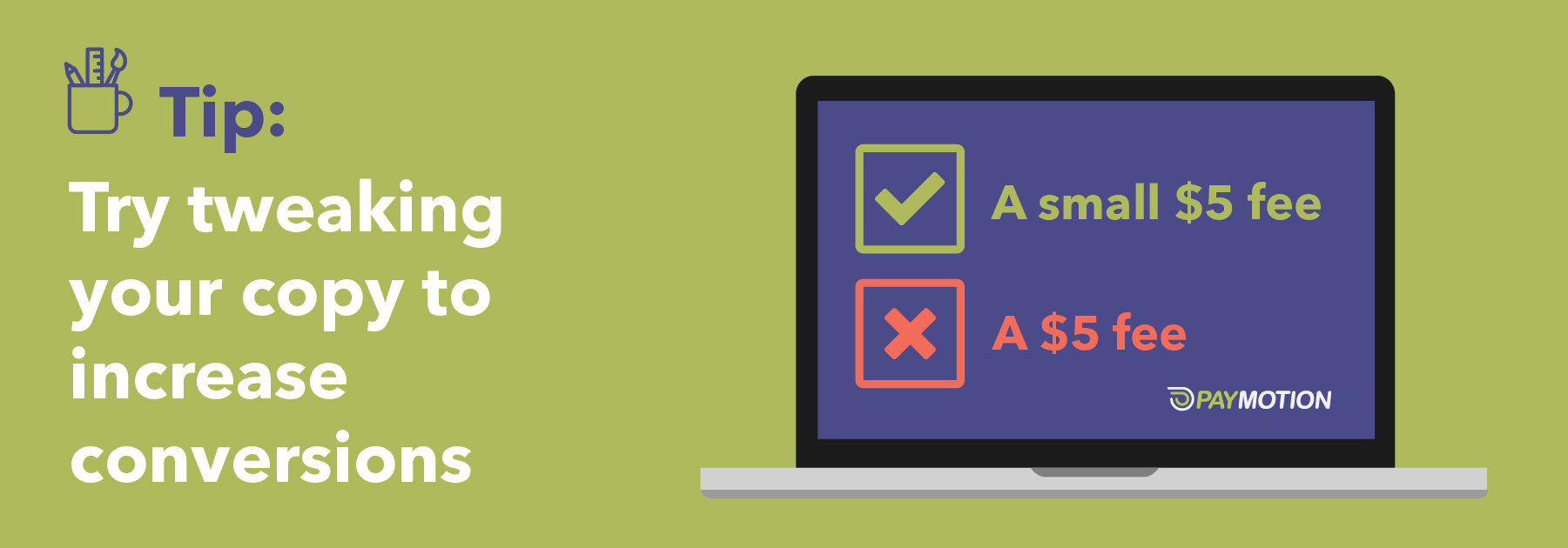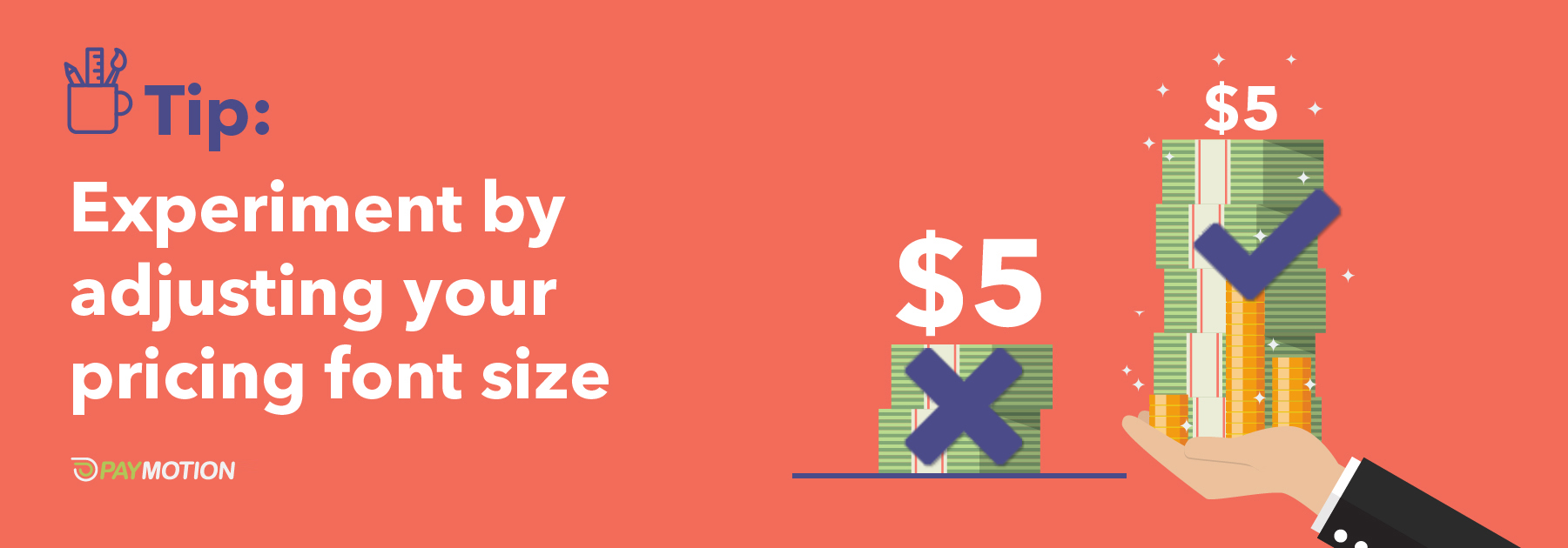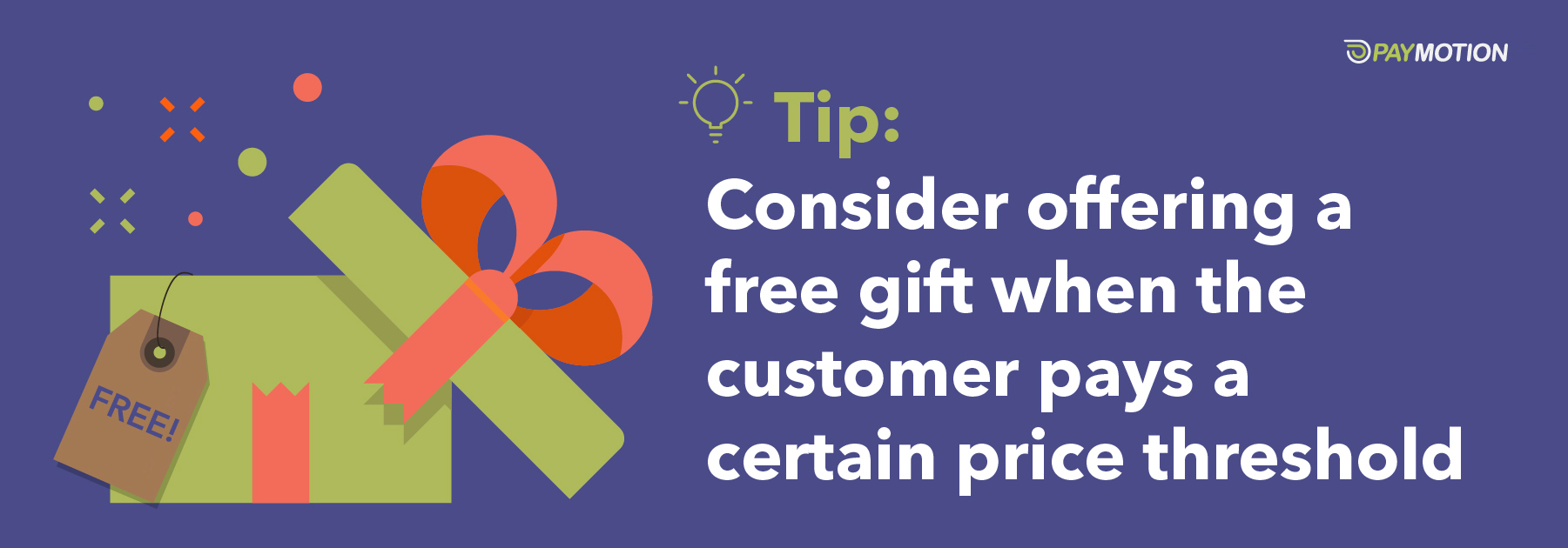When it comes to increasing average order values (AOV) in ecommerce, pricing is paramount for success. This can be done in two ways; either getting your customers to buy more (or more expensive) items, or having your customers pay more for the same items.
In this article, we’ll explore a number of powerful pricing techniques that will help you to do both. Pricing psychology is a complex topic, and it’s not uncommon for many ecommerce businesses to leave additional revenue on the table by failing to maximize their price appeal.
With that in mind, here are seven essential pricing hacks for ecommerce businesses to generate additional revenue.
The use of prices that end with a ‘9’ is one of the oldest and most common tricks in retail. This “nine factor” – also known as “charm pricing” – exerts a powerful effect on consumers, who perceive that they are getting a good deal.
Common wisdom would suggest that this is because consumers subconsciously round the price down instead of up – for example, perceiving a $99 price tag as closer to $90 than $100. In fact, the effect is even more powerful than that. Research conducted by MIT and the University of Chicago found that consumers were more likely to buy a dress sold at $39 over the same dress priced at $34.
That’s right, raising the price of the same item increased sales! Bottom line: make sure you experiment with charm pricing. You can read more about it here.
Words can have a powerful effect on how prices are perceived.
In a study by Carnegie Mellon, trial rates for a DVD subscription grew by 20% when the copy was changed from “a $5 fee” to “a small $5 fee”, showing that how you craft your messaging can significantly impact sales.

This shouldn’t be too surprising. After all, you already know that good copy makes a major difference to how customers perceive your product. Why should price be any different?
Many ecommerce marketers like to emphasize their low prices by printing them in a large, bold typeface. But according to research, you should stick to a smaller font instead.
Marketing research conducted by Clark University and the University of Connecticut found that consumers perceived sale prices in smaller font to be a better deal than those written in large font. This is because the human mind associates physical magnitude with numerical magnitude.
So if you want your customers to think those numbers are small, don’t print them so big.
Of course, a caveat here is to be mindful of accessibility. Your customers will differ in how clearly they can read small font, so it’s important to test various sizes to determine what’s optimal for your market.

Comparative pricing involves giving the consumer a choice of two or more similar products placed side-by-side, so as to make one of the products seem much more attractive by comparison.
The most common form of comparative pricing is when a standard product is placed next to a premium option, causing the customer to view the standard offering as a relative bargain. An example of this is the famous Williams-Sonoma Bread Maker case study. When Williams-Sonoma first introduced their home bread making machine at $275, there were very few buyers and the product nearly failed. However, things turned around when the company brought in a marketing research firm, which suggested they introduce a premium model priced at $550.
Amazingly, after launching the premium product, it was the original model’s sales that skyrocketed. Given the context provided by the premium option, customers had come to view the standard model as a relative steal.
When it comes to selling digital software specifically, comparative pricing can also be quite beneficial if the proper steps are taken. You can learn more about the do’s and don’ts here.
Product bundling involves packaging multiple products together for a lower combined price.
This tactic can be very effective in getting customers to purchase more items than they would have otherwise. Additionally, it can also be leveraged as a way of selling slow-moving inventory, by bundling less popular items with a hot product.
Bundling works best when the items are related in some way. For instance, many cable providers give customers the option of purchasing cable, internet and phone services separately. But they also offer significant discounts for purchasing two or more of these services in one package. Further discounts are available if the customer is willing to lock in longer contracts, which is essentially a way of bundling multiple shorter contracts into a single purchase.
Another example can be found in the world of online software. Anti-virus companies will frequently offer additional products in the form of identity protection, anti-malware, and PC cleanup tools, as well as one, two, and three-year renewal plans at a better rate for the longer term.
For further insight on bundling strategies and the psychology behind it, click here.
Periodic sales can be very effective at boosting ecommerce revenue. So when you have them, you should make them impossible to miss.
While that might sound obvious, businesses can miss out on conversions simply because customers don’t realize certain items are on sale. For example, handcrafted jewelry store True Confections Boutique was able to raise conversions by 19% simply by adding a “sale” symbol on the product image.
Another way of making your sale items stand out is by presenting the discounted prices clearly. According to Vicki Morwitz, a marketing professor at New York University, price differences that are easy to calculate are perceived as better deals. So instead of discounting a $100 product to $79.97, discount it to $80 for an obvious $20 in savings. Morwitz calls this the “computation fluency” effect, and it can make a big difference to the appeal of your sale items.
While this differs from the charm pricing approach, try testing both methods to determine which one resonates more strongly.
Price thresholds are one of the most powerful tools available to ecommerce businesses.
Essentially, a price threshold works by offering a specific benefit to customers when their total order reaches a certain size. This encourages customers who are already close to the threshold to actively search your store for more items to buy. To maximize the benefit of price thresholds, they should be positioned slightly higher than your average order value, possibly in multiple tiers.
The most common price threshold is the “free shipping” threshold. Studies show that free shipping is very important to online customers, and can act as a powerful incentive to meet the threshold. For example, a recent Shippo survey found that 93% of shoppers will take action to qualify for free shipping, and the leading action is adding items to cart!
Even if you’re not selling physical goods, you can still leverage this tactic effectively. Other thresholds can include discounts, gift coupons, or freebies at various minimum order sizes. Free gifts are especially effective, because customers tend to overvalue them. In fact, research by Dan Ariely has shown that customers value free items more highly than an identical product sold at a low price.
Given the considerable power of price thresholds, every ecommerce business should look for opportunities to take advantage of price thresholds.

With the right ecommerce platform, the price hacks we’ve explored in this article should be easy to implement. As always, the effectiveness of specific tactics will depend on the market you serve, so it’s essential to test many of them and keep track of your results.
Start implementing these techniques today and watch your revenues grow!
[pardot-form width="100%" height="280" id="11610" title="Blog Form: Grow Your Business Globally"]